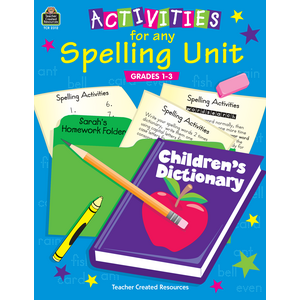Punch-a-Hole Card
Need a way to reward good behavior? Make a card for each student and divide the card into small squares, large enough to place a hole punch. Randomly give punches to the student’s card, ensuring that the student realizes that he or she has earned the reward. Keep the punch card in a visible place on the student’s desk. This way, you can check to make sure that you are not missing a student or unfairly giving one student too many punches on his or her card. Randomly reward behaviors such as the following:
- completing work assignments
- following instructions well
- studying with another student
- attention to task
- helping another student
- showing kindness to another
Consider using one of the specialty design punches, such as shapes like stars or hearts, rather than using the ordinary hole punch (stickers are also another great alternative). Additionally, set a time limit on the card’s use, such as a card for every two weeks, or so. You will find that students will count the number of holes they have earned. This makes the card a constant reinforcement of good behavior.
(Caution: The good student will typically earn hole punches too quickly. Therefore, make sure that these types of students do things over and above the behaviors they normally exhibit. Therefore, you are setting a goal for the good student to achieve.)
Have a special reward when each student has earned a set number of hole punches. Students must know they are working to attain a goal. The goal should be within reason.



